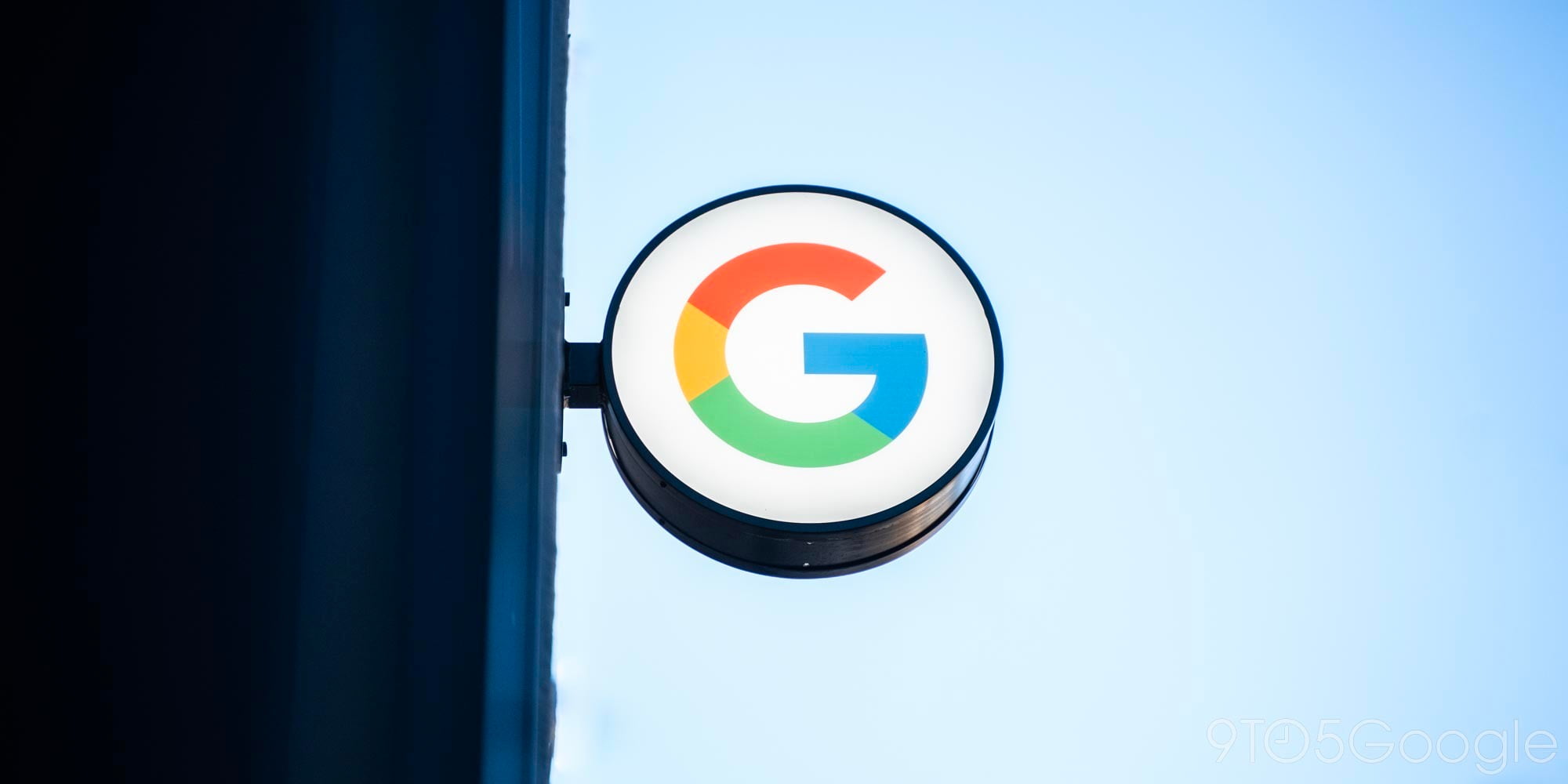
Last year, Google released a nifty Science Journal app that takes advantage of the sensors in your Android device to capture various scientific readings. Google has now redesigned the app to also serve as a “digital science notebook” and launched an iOS version.
Using the sensors in your phone or tablet, Science Journal can measure ambient light, sound intensity, motion, and barometric pressure. In version 2.0, Google added recordings from a linear accelerometer, magnetometer, and compass, while also letting users capture individual data points with a snapshot feature.
However, the major focus of this update is note taking and documenting results. Calling it a “digital science notebook,” users can add observations, take pictures, or add past ones. These entries along with sensor data are grouped together as experiments with a new gallery view to sift through previous work.
Another big focus of the app are activities from partner museums and scientific institutes. This version adds 20 new ones, like measuring motion and springs, that should be fun for kids. There is a link to activities in the app’s navigation drawer, however that just directs users to the Science Journal site. The activities are available as PDF documents.
Google is also launching the app for iOS with an identical interface on phones and a tablet variant. Version 2.0 on Android is now available via the Play Store.
Check out 9to5Google on YouTube for more news:
FTC: We use income earning auto affiliate links. More.


Comments